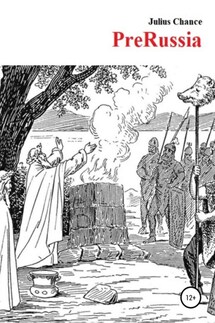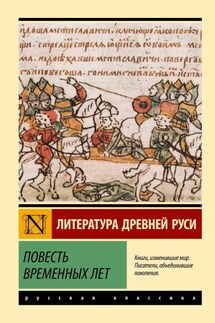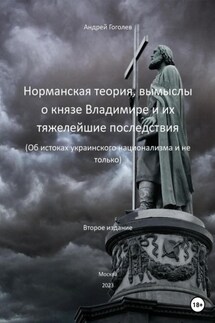PreRussia - страница 3
Lomonosov also claimed, based on the results of his historical research, that the Varangians were not a nationality, but a certain social group and could be either Swedes or Danes, or Slavs. He substantiates that the Varangians invited to Novgorod were the Slavs who lived on the shores of the Baltic between the Dvina and the Vistula and Rurik himself was the grandson of the Novgorod prince Gostomysl who invited him. Michael Lomonosov believed that Prince Rurik was a Slavic Varangian prince from Prussia, not Scandinavia. "The eastern shoulder of the Nemeni River, flowing into the Gulf of Kursk, is called Rusa which bears the name of the Varangian Russ." That is the name Rus (as well as Ros) has a purely Slavic origin and not brought from the outside by another people. And the Russian people have their roots as ancient as the Greeks and Romans do or even older. This is the essence of the "Lomonosov’s theory".
Lomonosov also points out the absence of Scandinavian words in the Russian language for this reason. In fact there are some but a very few indeed. Wilhelm L.P. Thomsen (1842 –1927) the professor of Copenhagen University and the President of the Danish Academy of Science (plus the member of the Royal Asiatic Society of Great Britain and Ireland) counted 16 Scandinavian words in Russian. And even these 16 are under question. For instance, the Russian word “Yakor (anchor) he refers to the Swedish word "ancare" or the Old Norse "akkeri". However, in Latin dictionary we find "ancora" – anchor and the mark – "Greek". So, this word had entered Latin from Ancient Greek thousands of years before the world heard of Scandinavia. As shown above, Russia had an intense relationship with Byzantine Empire where the Greeks were perhaps a major nation (the Slavs also were numerous there among others). Therefore it is almost certain that this word entered Russian from the Greeks of Byzantine, not Scandinavia. The majority of other words of those 16 are also more likely to be German, French or Greek rather than Scandinavian. But even if we assume all of these Russian 16 words to be of Scandinavian origin, it is still too miserable number. The numbers of German, French and Greek words in Russian are greater by a couple of orders of magnitude. This adds more doubts that the Variangians of the trade route "from the Varangians to the Greeks" were Scandinavians and especially that Rurik came from Scandinavia.
The Ioakim chronicle confirms that Rurik and his two brothers were Slavs and grandsons of the previous Russian Grand Duke of Novgorod Gostomysl (in the "Tale of Bygone Years" Gostomysl is not mentioned). Excerpts from it were presented by the historian Tatishchev in 1748 according to the manuscript of Joachim, the first bishop of Novgorod, appointed after the baptism of Russia. He died in 1030. Scientists have long been skeptical of the Ioakimov Chronicle as of an invention of Tatishchev, since its original was lost. But suddenly several facts from this chronicle were confirmed by archaeological excavations. In addition, Gostomysl was found recorded by the first prince in two Novgorod chronicles. Moreover, a certain Prince Gostomysl is also mentioned in Western chronicles. This was the name of the leader of the West Slavic tribe of the Veneds, who, according to some sources, died in 844 in a battle against King Louis II of Germany, and according to others, was able to escape to Novgorod, where he was "seated" (chosen) to reign. Today, historians no longer consider it "bad form" to refer to the Joachim Chronicle, but with reservations such as "perhaps" and "probably".






